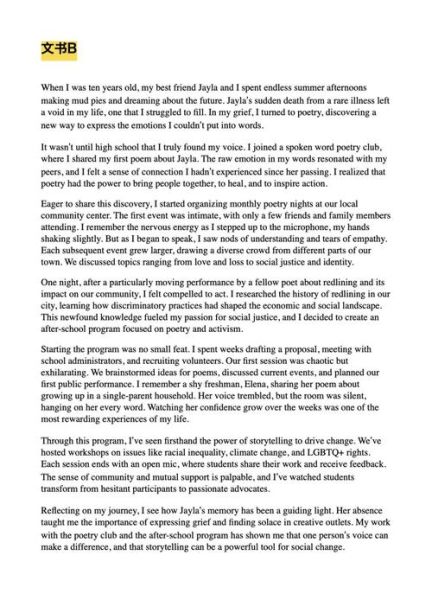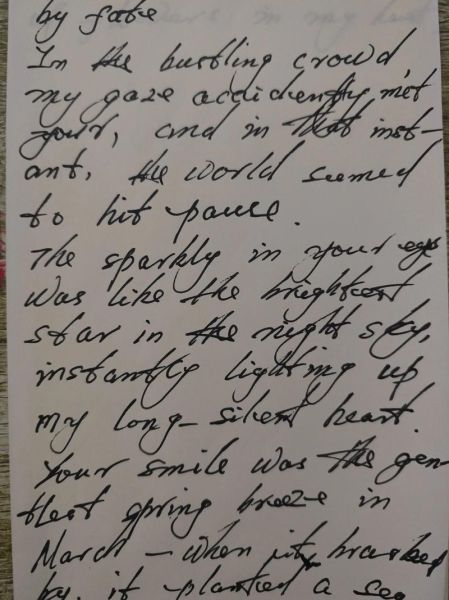Yes, you can master the art of expressing profound emotions in English by combining sensory language, metaphorical precision, and rhythmic variation.

Many learners believe that stacking adjectives like “very sad” or “extremely happy” will create depth. In reality, **over-modification dilutes impact**. Readers crave specificity: the metallic taste of dread, the cotton-thick silence after a slammed door. Ask yourself, “What does this feeling do to the body?” Then translate the answer into a single, unexpected image.
Start with one sense that dominates the moment. A character grieving might notice **how the air feels suddenly viscous**, as if breathing through syrup. This grounds the reader in physical truth before abstraction takes over.
Move from concrete to symbolic without announcing the shift. Instead of “her heart was broken,” try “her pulse limped like a three-legged dog on a frozen road.” The metaphor carries the emotional weight while the verb “limped” keeps it kinetic.
End with a time reference that stretches the emotion beyond the present. “Years later, the scent of burnt toast still returned him to that kitchen.” The echo proves the feeling has permanence.
Question every phrase: has this comparison been used in a pop song? If yes, invert it. Instead of “cold as ice,” consider “cold as the pew he hadn’t sat on since the funeral.” **Personal history weaponizes ordinary language**.

I print the draft, read it aloud while walking, and **highlight every word that doesn’t make my throat tighten**. Those highlights are deleted first. Then I replace them with verbs that carry motion: “ache” becomes “pulse,” “remember” becomes “haunt.” The page should feel like a living organ, not a museum label.
Original: “I’m angry because you lied.”
Revision: “Your lie cracked the evening like a dropped plate, and I stood barefoot in the shards, counting the ways silence could draw blood.”
The revision answers three silent reader questions: What does the anger look like? (shattered plate) What does it feel like? (barefoot on shards) What does it do to time? (it forces a painful inventory).
Emotion in English is not about volume; it’s about **acoustic precision**. Whisper the right detail, and the reader will lean in so closely they’ll hear their own pulse echo yours.

发表评论
暂时没有评论,来抢沙发吧~